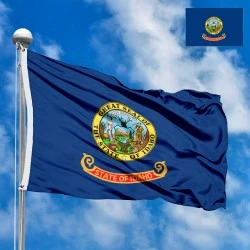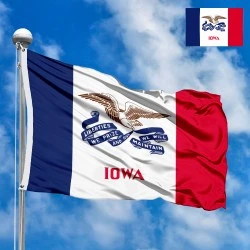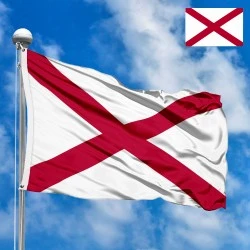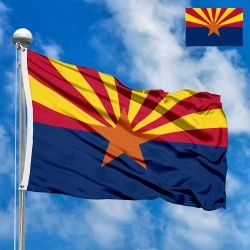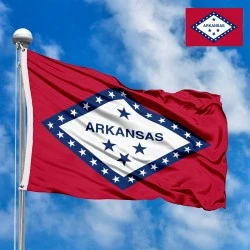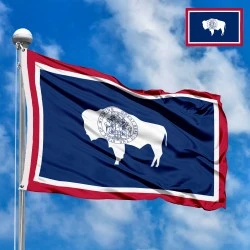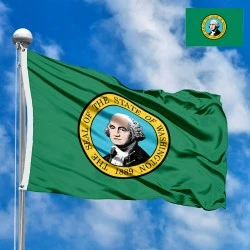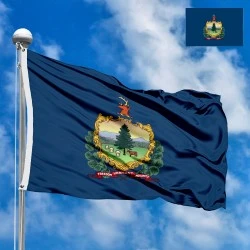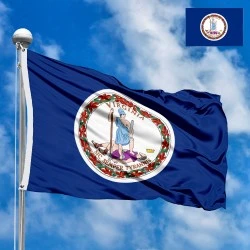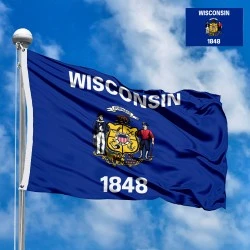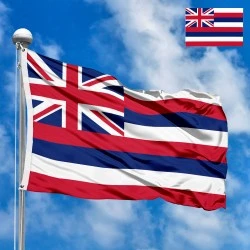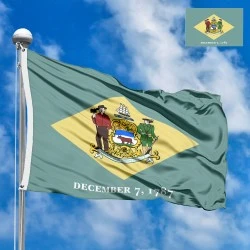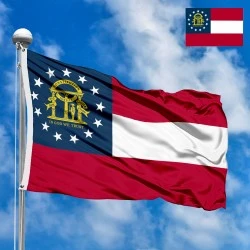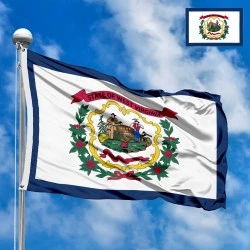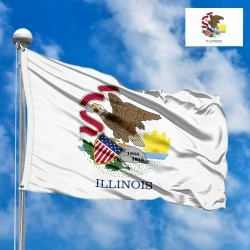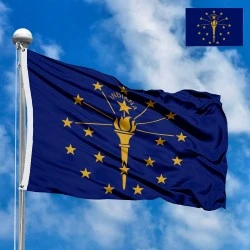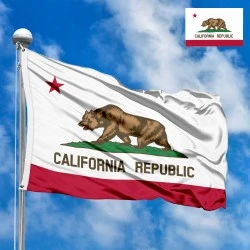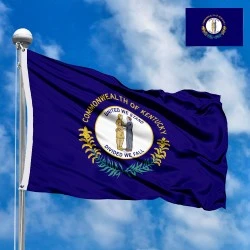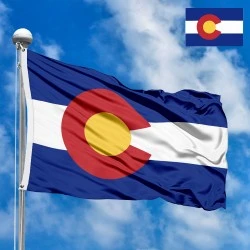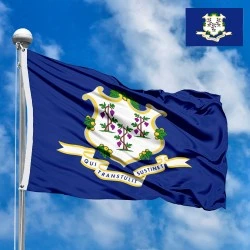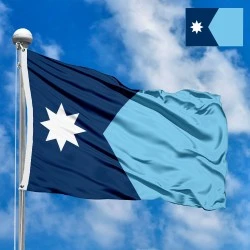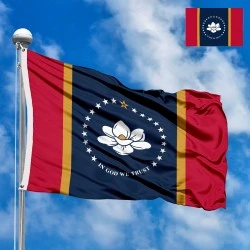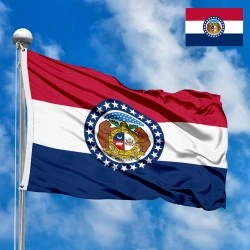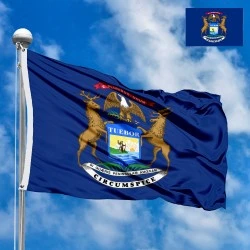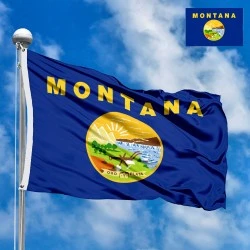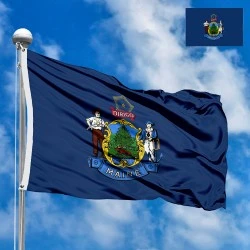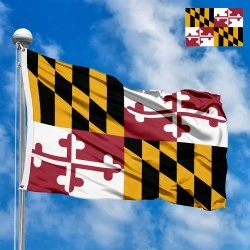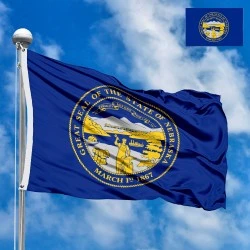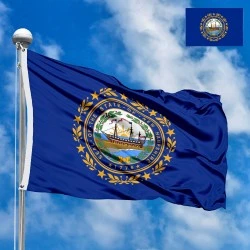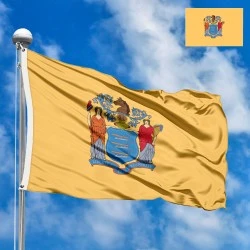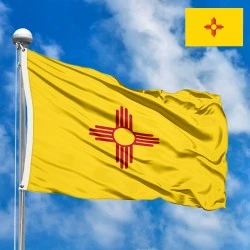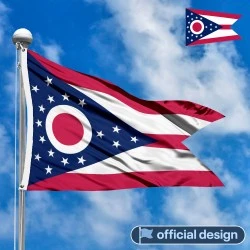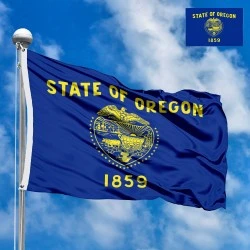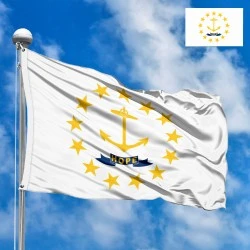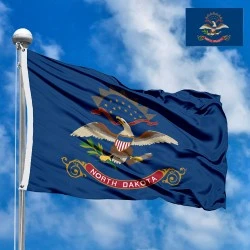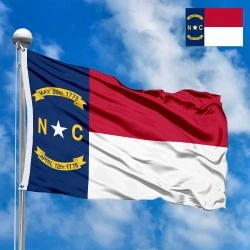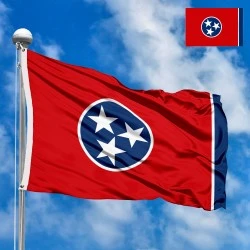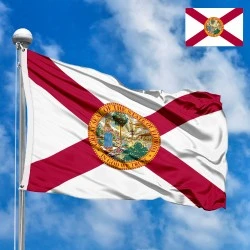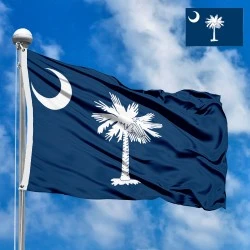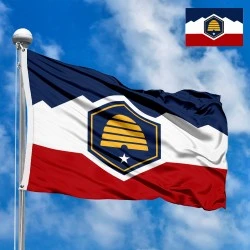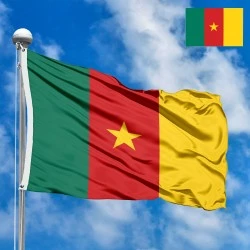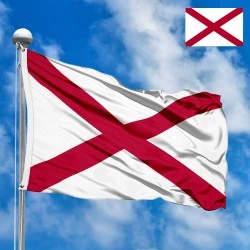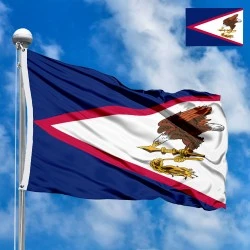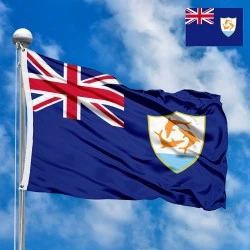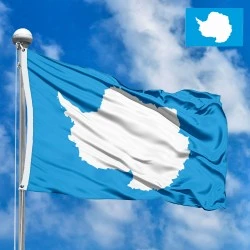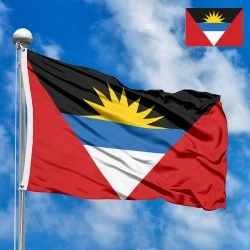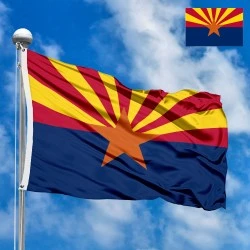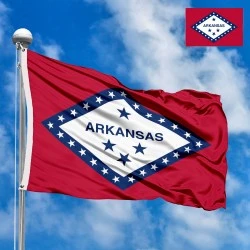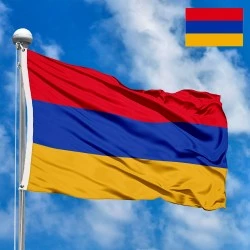Flag of Oklahoma (US state)
- Flag Type: US States
- Proportions (official): 3:5
- Official name: State of Oklahoma
- Local name: Oklahoma
- Capital: Oklahoma City
- Large cities: Oklahoma City, Tulsa, Norman
- Population: 4 059 279 (2024)
- Area (km²): 181 038
- Highest point: Black Mesa (1,516 m)
- Lowest point: Little River (82 m)
- Dialing code: +1 (405, 539, 580, 918)
Flag Information
General information
Demography and Culture
Economy and communications
- All Flags
- Flags of Countries by Continent
-
Flags of Organizations
- Flags of UN countries
- Flags of the European Union countries
- Flags of NATO countries
- Flags of the countries of the Organization of Islamic Cooperation
- Flags of the countries of the Organization of American States
- Flags of the Arab League countries
- Flags of the African Union countries
- Flags of the countries of the Union of South American Nations
- Flags of the Commonwealth of Nations
- Flags of the countries of the Secretariat of the Pacific Community
- Flags of the Nordic Council countries
- Flags of the Caribbean Community
- Flags of the countries of the Association of Southeast Asian Nations
- Flags of the East African Community
- Flags of the countries of the Organization of Turkic States
- LGBT Community Flags
- Historical Flags
- Ethnic Flags
- Flags of the USA (states)
Description
The flag of the state of Oklahoma stands out among U.S. state flags for its profound and intentional symbolism of peace and cultural diversity. Far from a simple emblem, it tells a story of reconciliation and unity between the state's Native American tribes and its European-American settlers. The flag’s design, centered on a traditional shield, is a powerful visual statement that honors the state’s deep history and commitment to peaceful coexistence.
Flag Design, Symbolism, and Dimensions
The Oklahoma state flag is a banner of remarkable simplicity and rich detail.
-
Colors and Arrangement: The flag features a sky-blue field, a color that symbolizes confidence and loyalty, as well as reflecting the Choctaw and Cherokee flags. Prominently displayed in the center is a traditional buffalo-hide shield of the Osage Nation.
-
Central Elements: The shield is the heart of the flag's message. It is decorated with two symbols of peace, crossed over one another:
-
A calumet (ceremonial peace pipe): This is a powerful symbol of peace and diplomacy among Native American tribes.
-
An olive branch: This is a traditional European symbol of peace.
-
The crossing of these two symbols represents the union of the Native American and European-American cultures, and a lasting commitment to peace between them.
-
-
Additional Symbols: Below the shield hang seven eagle feathers, signifying honor, courage, and the state’s significant Native American heritage. The word "OKLAHOMA" is emblazoned in white below the central shield, ensuring the flag is easily identifiable.
-
Dimensions: The official specifications for the flag define a ratio of 2:3.
A Brief History of the Flag's Creation and Adoption
The current flag is the result of a significant shift in state identity, replacing an earlier, controversial design.
-
The First Flag (1911-1925): Oklahoma’s first state flag, adopted shortly after statehood, featured a large white star with a blue border on a red field. The number '46' was inside the star, commemorating Oklahoma as the 46th state. However, after World War I and the ensuing "Red Scare," the red color was associated with communism, leading to calls for a new flag.
-
The 1925 Design Contest: In 1925, the Daughters of the American Revolution (DAR) sponsored a statewide contest to design a new flag. The winning design was created by Louise Fluke, a prominent artist and historian. Her design was a tribute to the state's Native American heritage and its desire for peace.
-
Formal Adoption and Modification: The new flag was officially adopted on April 2, 1925. However, the original design did not include the word "OKLAHOMA." In 1941, the legislature added the state’s name to the flag in order to improve its recognition. The specific shades of color were later standardized in 2006.
Historical Context and the State of Oklahoma
The Oklahoma flag is a reflection of the state's unique and complex history. Formed from what was once known as "Indian Territory," Oklahoma has the second-largest Native American population of any U.S. state, with over 39 federally recognized tribes. The flag’s symbolism directly addresses this legacy, moving away from a more confrontational past and embracing a future built on mutual respect. The state's history of pioneering settlement and Native American displacement is acknowledged and symbolically resolved through the peace symbols on the flag.
Significance for Residents
For the people of Oklahoma, the state flag is a cherished symbol of their identity. It represents a collective commitment to peace, cultural harmony, and reconciliation. The flag is a source of pride for both Native American and non-Native residents, celebrating the state’s diverse roots. It serves as a constant reminder of the strength found in unity and the importance of honoring the past while building a peaceful future. The inclusion of the Osage shield makes it a truly unique symbol of the American West.
Interesting Facts
-
The Oklahoma flag is one of the few in the United States that does not include red, white, and blue in a traditional, patriotic layout, choosing a more symbolic color palette.
-
The design was chosen from a contest that received over 130 entries, showcasing a significant public interest in creating a new symbol for the state.
-
The Osage Nation shield depicted on the flag is a historical symbol of the Osage people, who are one of the state's most prominent tribes.
-
The name "Oklahoma" is derived from the Choctaw words "okla" (people) and "humma" (red), literally meaning "Red People." This, along with the state's history as Indian Territory, gives the flag’s design added depth and meaning.
-
The flag's designer, Louise Fluke, received a cash prize of $25 for her winning design in 1925.
In the demonstration images, full-size flags are shown with proportions of 2:3, and hand-held flags with proportions of 1:2.
Donation
Download
Completely free for commercial and non-commercial use (public domain).
You can freely use them in your news magazines, websites, software, mobile applications.
We appreciate a backlink to https://flagssite.com
Raster files - Flag of Oklahoma (US state) (PNG, JPG)
 Waving flag
Waving flag
- PNG format (transparent background), 72dpi, dimensions in Pixels (px), aspect ratio 3:4.
- 15х20 px
- 30х40 px
- 60х80 px
- 120x160 px
- 240x320 px
 Sizes:
Sizes:
"v15" - image size (by height); if necessary, replace with available: v15, v30, v60, v120, v240.
!!! For resizing, use the Latin (eng) keyboard layout.
<img src="https://flagssite.com/flags/v15/20581.png" alt="Flag of Oklahoma (US state)">
 Round flag
Round flag
- PNG format (transparent background), 72dpi, dimensions in Pixels (px), aspect ratio 1:1.
"d15" - image size (diameter); if necessary, replace with available: d15, d30, d60, d120, d240.
!!! For resizing, use the Latin (eng) keyboard layout.
<img src="https://flagssite.com/flags/d15/20581.png" alt="Flag of Oklahoma (US state)">
 Rectangular flag 2:3
Rectangular flag 2:3
- JPG format, 72dpi, dimensions in Pixels (px), aspect ratio 2:3.
"h30" - image size (by height); if necessary, replace with available: h15, h30, h60, h120, h240, h360, h480.
!!! For resizing, use the Latin (eng) keyboard layout.
<img src="https://flagssite.com/flags/h30/20581.jpg" alt="Flag of Oklahoma (US state)">


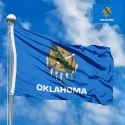



 Sizes:
Sizes:
 Sizes:
Sizes:
